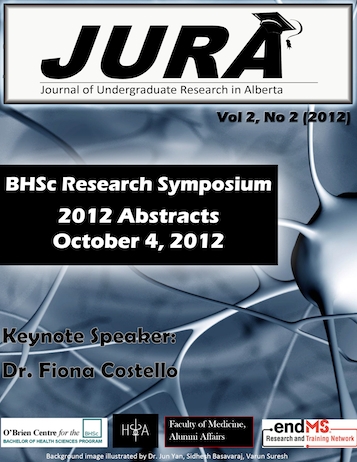Augmented Reality in the LINDSAY Virtual Human: Adding a new Dimension in Tablet-based Medical Education
Keywords:
Augmented Reality, PhysiologyAbstract
Imagine you are a medical student at the University of Calgary. As part of your training in anatomy, you are looking at a cadaver. However you are not able to understand the physiological aspects that take place within the body. The problem is the cadaver is essentially dead human tissue. Is there a way to expand your view, to bring this body back to life—in a virtual world? You take out your iPad and run the LINDSAY Atlas. The Atlas’ augmented reality (AR) feature merges the virtual world and the physical world, caught in real time by the built-in camera! You now begin to see the inner workings of a live human, superimposed on a cadaver; the beating heart inside a dead chest cavity, a cut on a lifeless arm being clotted, a diseased organ being healed by the body in front of your eyes. But you want more! You lift a finger and use gestures to interact with and explore different anatomical parts in 3D space. This increases your understanding of integrative physiology. Thus LINDSAY’s combination of AR and mobile touch technology enhances your medical training and prepares you for the practical new world of medicine.
References
Downloads
Published
Issue
Section
License
Authors retain all rights to their research work. Articles may be submitted to and accepted in other journals subsequent to publishing in JURA. Our only condition is that articles cannot be used in another undergraduate journal. Authors must be aware, however, that professional journals may refuse articles submitted or accepted elsewhere—JURA included.


